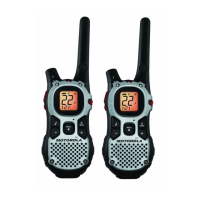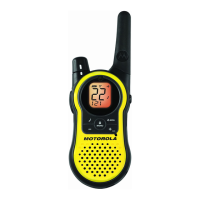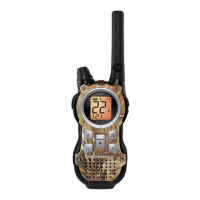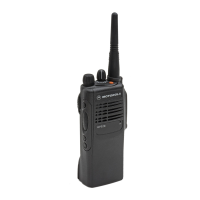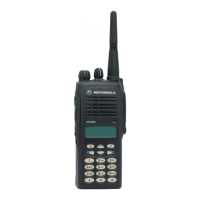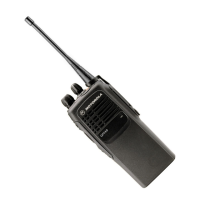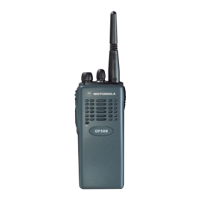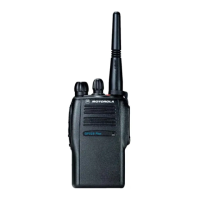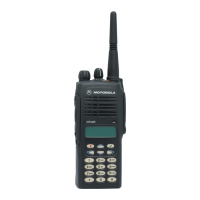5 Tone (Select 5) Signalling 2-25
9.0 5 Tone (Select 5) Signalling
9.1 Introduction
In 5 tone systems, each radio has a unique numeric identity (e.g. 12345). To signal the number
12345, a sequence of 5 tones is sent. Sequences of audible tones of a very short duration are sent
between radios. Most 5 tone sequences take less than half a second to send.
When the radio receives the correct 5 tone sequence it sounds alert beeps and flashes LEDs to
indicate to the user that they have been called. The squelch opens so that activity on the channel
can be heard, as this is a message specifically directed at them.
Benefits
Easier, faster communications.
Users only receive calls specifically for them.
Alert beeps notify users when a call is received for them.
Radio user does not need to continuously listen to channel - less user fatigue.
Improved system performance.
9.2 Signalling Standards
There are several “standards” for 5 tone signalling, each of which uses different durations and
frequencies to represent the numbers 0 to 9. The GM300 Series supports all major European 5 tone
signalling standards:
100ms CCIR French ZVEI
70ms CCIR Modified ZVEI
20ms CCIR ZVEI
EEA
In addition, up to two dealer defined signalling standards can be programmed (with any frequency
and tone duration within the operational range of the radio) to cater for special applications.
Signalling is defined on a per channel basis, for optimum system integration potential. For example,
channel 1 may use 100ms CCIR and channel 2 could be ZVEI.
Benefits
Exceptional flexibility to integrate the radio into existing 5 tone systems.
No need to change hardware modules to cater for a change in signalling standard.
9.3 G/R Tone Redefinition
For each of the signalling standards, the group (G) and repeat tones (R) may be “redefined” if
necessary. For example, in some systems the 0 digit frequency has been used as a group call
identifier, as this can be selected from the keypad.
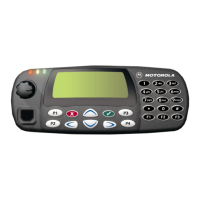
